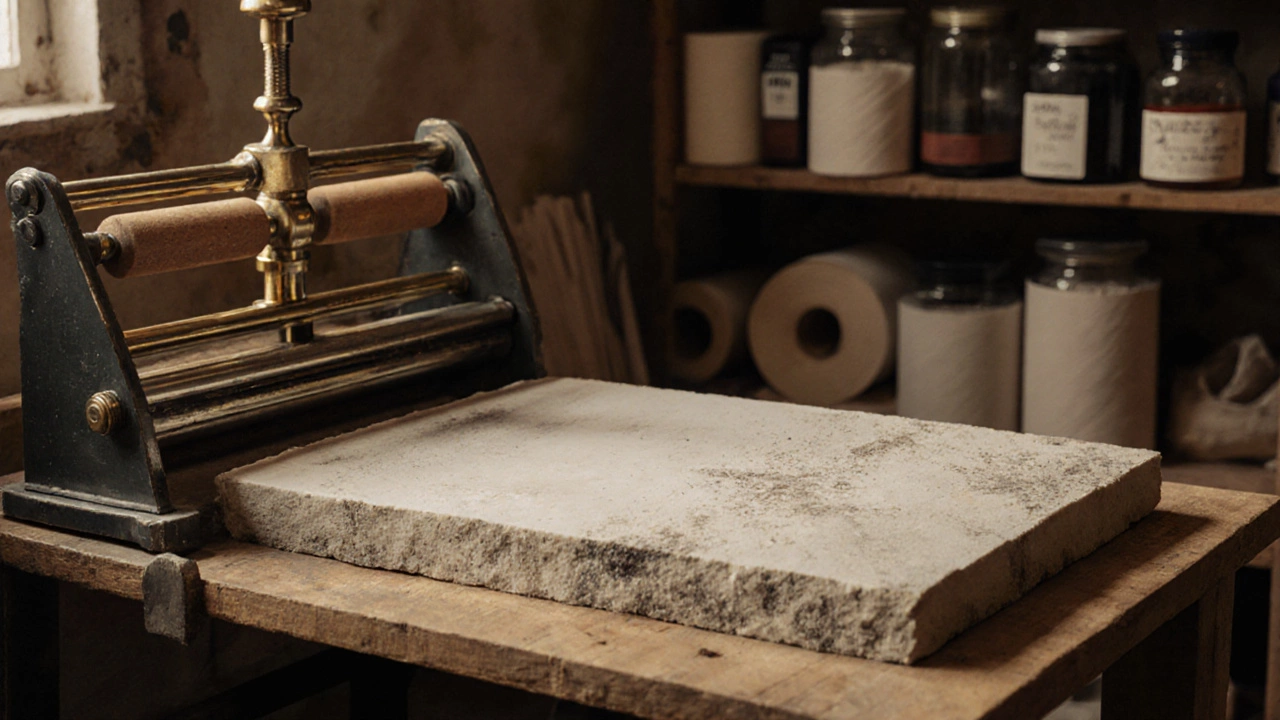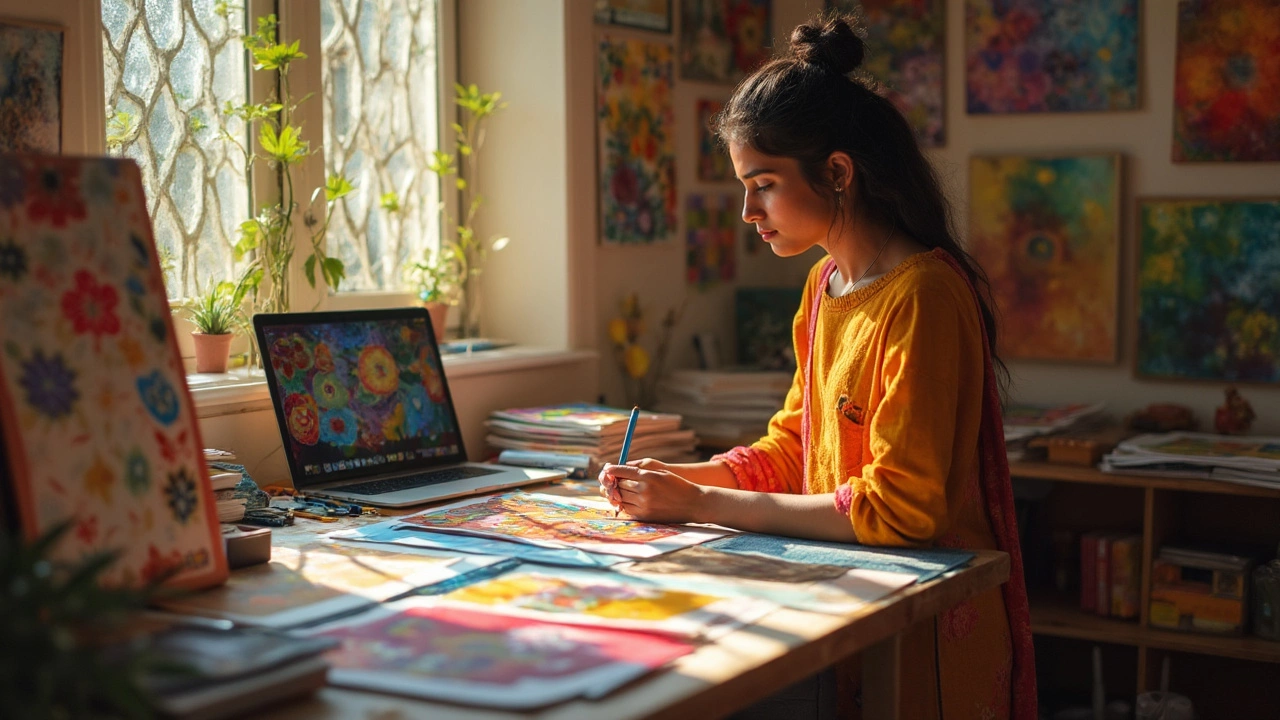Printmaking Basics, Techniques & Trends
Did you know the oldest known print dates back more than 2,000 years? That ancient wind-up design shows how long humans have loved making multiple copies of an image. Today, printmaking is still a playground for artists who want texture, depth, and the thrill of seeing a work repeat across a sheet.
At its core, printmaking means transferring ink from a carved or prepared surface onto paper, fabric, or even metal. The most common methods are relief (like woodcut), intaglio (such as etching), lithography, and screen printing. Each has its own set of tools, learning curve, and visual vibe.
Quick Guide to the Main Techniques
Woodcut and Relief: You carve away the parts you don’t want ink on, roll ink over the raised areas, then press onto paper. The result is bold lines and a slightly rough edge—perfect for making a statement.
Etching (Intaglio): Here you coat a metal plate with a protective ground, draw your design with a needle, and then soak the plate in acid. The acid bites into the exposed metal, creating tiny grooves that hold ink. When you press the plate, the ink released from those grooves gives you fine lines and rich blacks.
Screen Printing: You stretch a fine mesh over a frame, block off the negative space with a stencil, then push ink through the open areas. This method is great for bold colors and works on fabrics, posters, and even ceramics.
Lithography: Based on the principle that oil and water don’t mix, you draw with a greasy crayon on a stone or metal plate, treat it with chemicals, then dampen the surface. Ink sticks only to the greasy parts, allowing you to produce smooth gradients and photorealistic tones.
Why Printmaking Still Matters in 2025
Printmaking isn’t just a traditional craft; it’s a bridge to modern digital experiments. Artists now blend screen printing with augmented reality codes, or they scan hand‑made prints to create NFTs. The tactile feel of a hand‑pressed image combined with tech tools gives collectors something truly unique.
If you’re new to the scene, start small. Grab a cheap linoleum block, a few carving tools, and a set of oil‑based inks. Practice simple shapes—circles, squares, letters. Once you’re comfortable, move on to a copper plate for etching. Remember, safety matters: wear gloves and work in a well‑ventilated area when handling acids.
For inspiration, check out articles like “The 7 Core Forms of Contemporary Art Explained” or “Most Modern Art Styles: Trends Defining Art in 2025.” Both break down how printmaking fits within broader art movements.
When you’re ready to sell, size matters. The post “Best‑Selling Art Print Sizes: What Sells Most and Why” shows that 12×18 inches is a sweet spot for wall art, balancing cost and visual impact. Pair your print with a simple frame, and you’ve got a ready‑to‑hang piece that appeals to both new collectors and seasoned buyers.
Finally, keep experimenting. Try mixing media—layer a screen‑printed background with a hand‑drawn watercolor top layer. Or print on unconventional surfaces like wood panels or transparent acrylic. The only limit is your imagination.
Printmaking offers a hands‑on way to explore texture, repeatability, and artistic expression. Whether you’re a hobbyist, a professional, or a collector, the techniques, history, and modern twists outlined here give you a solid starting point to dive deeper into the craft.


